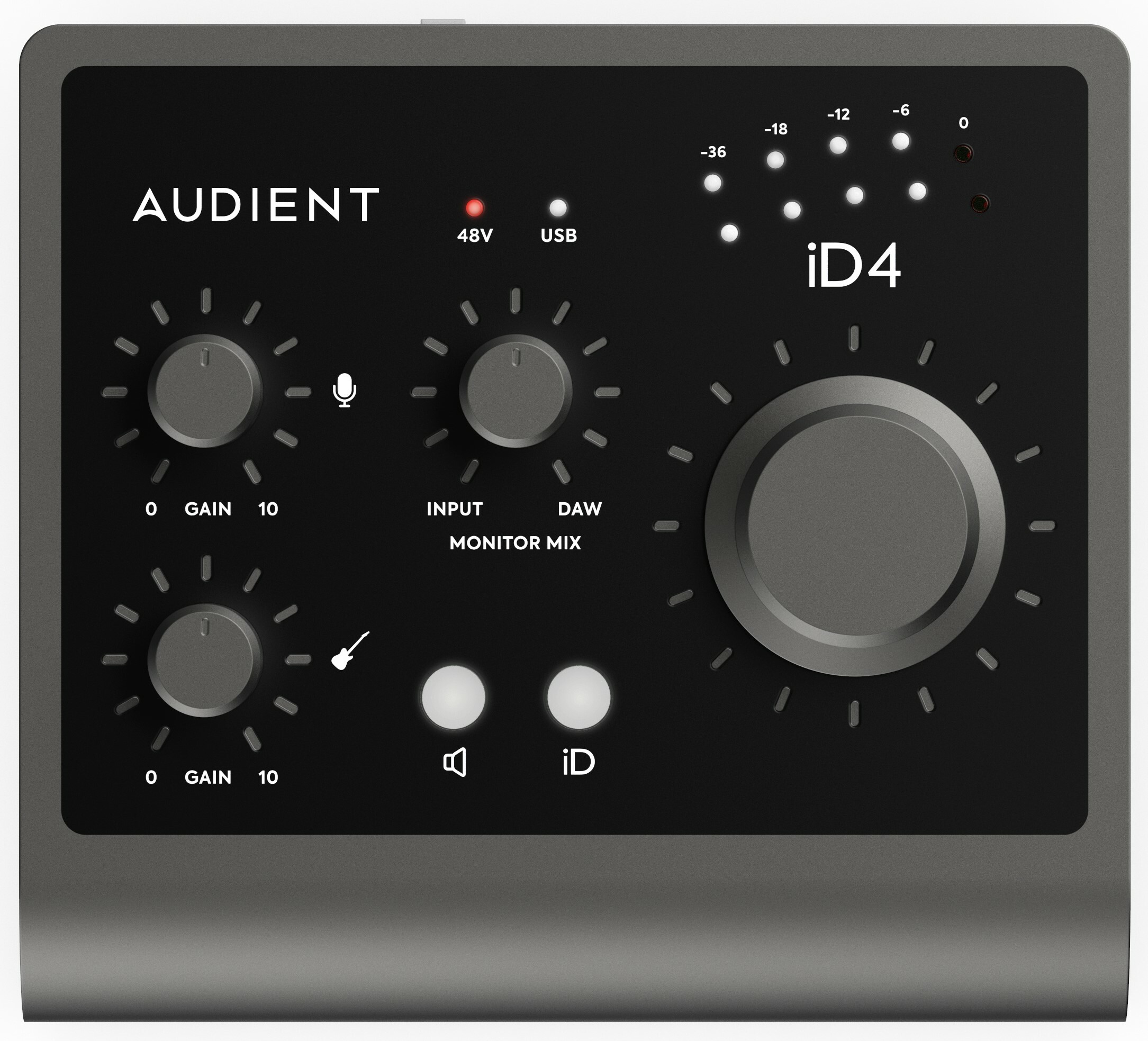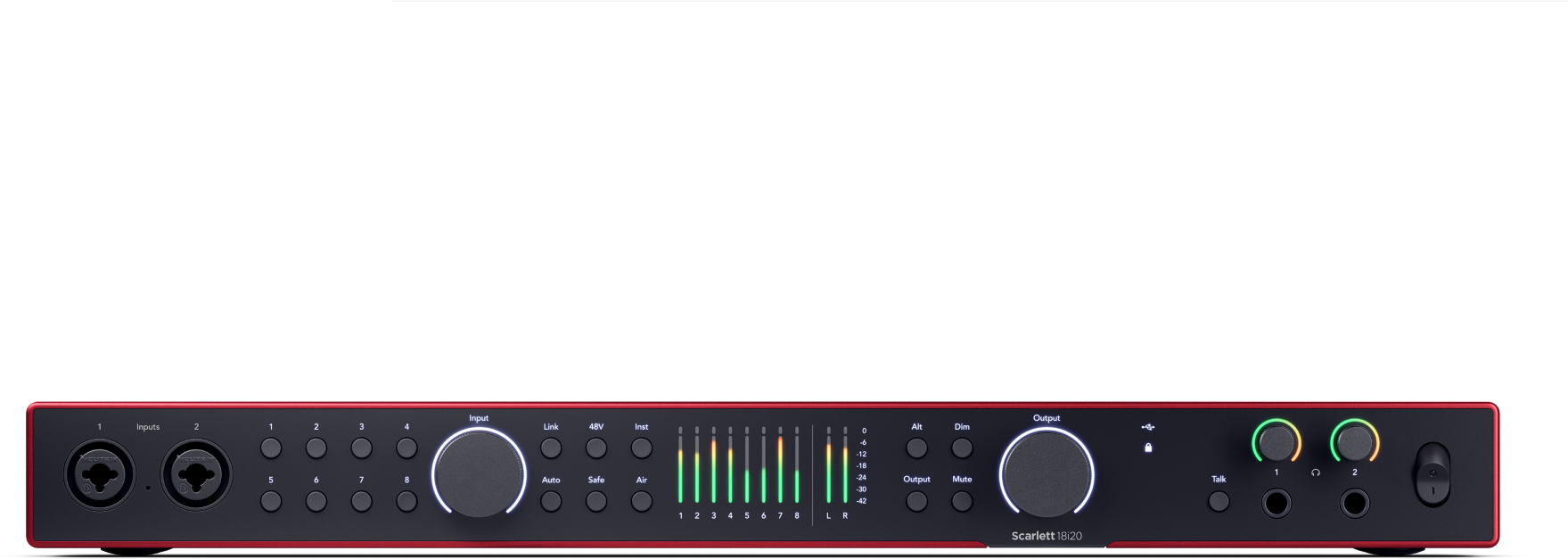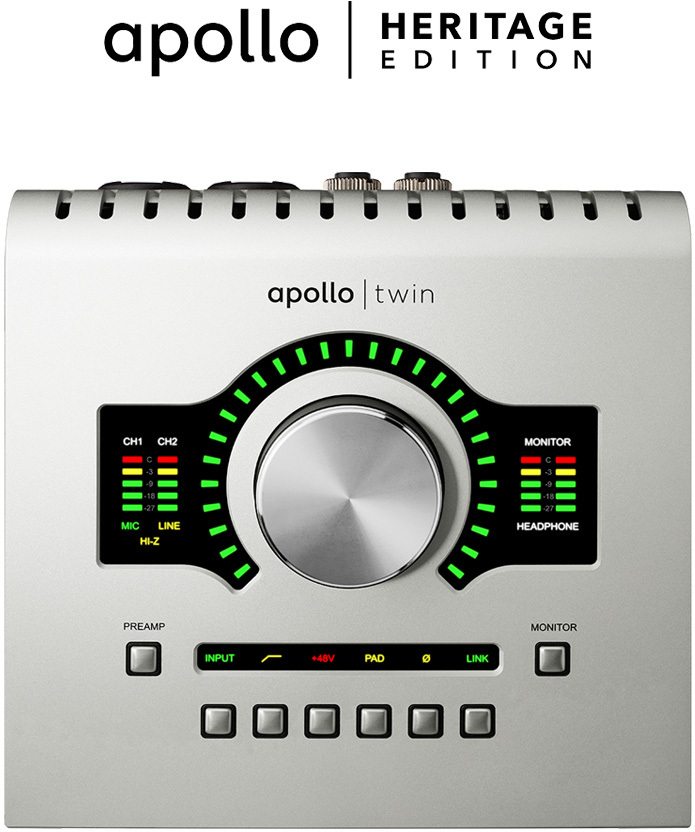Why use an external sound card?
An external sound card is a key element for anyone wishing to improve the audio quality of their recordings or listening. Unlike built-in computer sound cards, which are often limited in terms of performance, converters, external audio interfaces offer several advantages:
- Improved audio quality:
They enable higher-quality digital-to-analog conversion, guaranteeing clearer, more accurate recordings.
- Advanced connectivity:
They offer a variety of inputs and outputs for connecting microphones, instruments, or MIDI equipment, essential for music production.
- Low latency:
Ideal for real-time recording, they minimize the delay between sound production and playback.
- Additional features:
High-quality preamps, built-in effects, professional monitoring options.
How to choose your external sound card?
Connections : USB, Thunderbolt or other?
USB audio interfaces are the most common and compatible with most computers. Thunderbolt sound cards offer very low latency and higher transfer speeds, but require compatible hardware.
Number of inputs and outputs
It all depends on your setup. If you're recording just your voice or an instrument, two inputs (microphones or lines) on your sound card are all you need. For more complex setups, such as recording a band, opt for an interface with several inputs and outputs.
Preamp quality
They will determine the quality of your recordings. They capture more recording detail and deliver a more faithful sound, especially when used with professional studio microphones.
Phantom power and MIDI compatibility
If you're using condenser microphones, make sure your sound card has phantom power (48v). Midi ports are essential if you're using keyboards or midi controllers.
Tips for using your sound card
- Update your drivers to avoid compatibility problems with your computer.
- Set your buffer size in the sound card options, for a good balance between latency and stability.
- Use an external power supply if possible for optimum performance.
- Test and adjust your input gain to avoid saturation.
- Keep your interface away from electromagnetic interference (Wi-Fi, screens).
- Use quality cables to avoid signal loss and noise.
The best brands of external sound cards
Focusrite
Focusrite is an essential brand in the world of home studios, renowned for its versatile audio interfaces and exceptional sound quality. Among them, the Scarlett range stands out as a benchmark. Appreciated for its great compatibility with MAO software, its ease of use and excellent value for money make Focusrite a standard-setter in the field.
Universal Audio
Universal Audio is an essential reference in the field of high-end audio interfaces. With its UAD plug-ins and studio-quality converters, it appeals to demanding producers and sound engineers alike.
Audient
If you're looking for an audio interface that combines ease of use with studio performance, Audient is an excellent choice. Renowned for its console-inspired preamps, these external sound cards remain an excellent choice for demanding musicians and music producers alike.
RME
RME sound cards are renowned for their robustness, low latency and reliability, delivering precise, stable sound. Integrated TotalMix FX software gives complete control over audio routing, monitoring and effects, customizing your workflow. What's more, SteadyClock FS technology ensures optimum synchronization, minimizing audio artifacts. These features make RME interfaces a preferred choice for demanding professionals.
PreSonus
PreSonus audio interfaces are renowned for their robustness, low latency and reliability, delivering precise, stable sound. Included software, such as Studio One Artist, gives complete control over audio routing, monitoring and effects, personalizing your workflow. What's more, XMAX-L preamps ensure faithful reproduction of the audio signal. These features make PreSonus interfaces a preferred choice for demanding professionals.
Essential accessories to buy with an external sound card
To get the most out of your external sound card and optimize your studio or home studio experience, it's advisable to purchase certain essential accessories.
Headphones
Monitor headphones are essential for accurate listening to your recording. They allow you to hear every sonic detail without excessive coloration, which is crucial for mixing and music production.
Audio cables
High-quality XLR, TRS or RCA audio cables ensure optimum signal transmission, free from noise and interference. They are essential for connecting your microphones, instruments and speakers to your audio interface.
Studio microphone
If you want to record vocals or acoustic instruments, a studio microphone is an essential investment. A condenser microphone with 48V phantom power will be ideal for capturing detailed, natural sound.
Monitor speakers
Monitoring loudspeakers enable you to achieve a sound reproduction faithful to your production. Unlike conventional speakers, they do not color the sound, which is essential for accurate mixing.
Sound card holder
A dedicated stand for your audio interface can improve the ergonomics of your workspace and protect your equipment from accidental shocks and vibrations.
External power supply (if compatible)
Some external sound cards work best with an external power supply to ensure optimum stability and performance, especially when used with multiple connected devices.
Carrying case
If you need to transport your sound card, a protective case is essential to prevent damage from shocks and temperature variations. By equipping yourself with these accessories, you'll optimize not only the sound quality of your recordings, but also your comfort and productivity in your working environment.
FAQ
What's the difference between a USB sound card and a Thunderbolt sound card?
The main difference between an external USB sound card and an external Thunderbolt sound card is transfer speed and latency. USB models are affordable and compatible with most computers, making them ideal for hobbyists. Thunderbolt cards, favored by professionals, offer higher bit rates and superior audio quality.
Do I need an external sound card if I'm just starting out in music production?
Yes, an external sound card considerably improves sound quality compared with your computer's built-in sound card, so it's very important even if you're just starting out.
Can I use my external sound card for streaming?
Yes, most external sound cards are ideal for streaming, offering high-quality sound and reduced latency. They can also be used with headphones for precise monitoring.
How do I know if my sound card is compatible with my operating system and audio software?
Check the sound card's technical specifications on our product sheets, and make sure it's compatible with your computer's operating system (Windows, macOS) and connection type (USB, Thunderbolt).
What are the advantages of an external sound card with multiple inputs and outputs?
An external sound card with multiple inputs and outputs lets you simultaneously record several sources, integrate various equipment and benefit from personalized monitoring. It offers better sound quality, dedicated audio processing and advanced features tailored to the needs of musicians and producers.
How to evaluate the sound quality of an external sound card
To assess the quality of an external sound card, there are several key elements to consider. Sampling frequency (e.g. 192 kHz) and bit resolution (24 bits) determine the precision and depth of the sound. A high signal-to-noise ratio guarantees clean reproduction, while low harmonic distortion ensures optimum fidelity. High-quality preamps are essential for noise-free signal amplification, and precise converters prevent loss during audio conversion. Finally, an extended dynamic range captures more nuances for a natural, detailed rendering.





